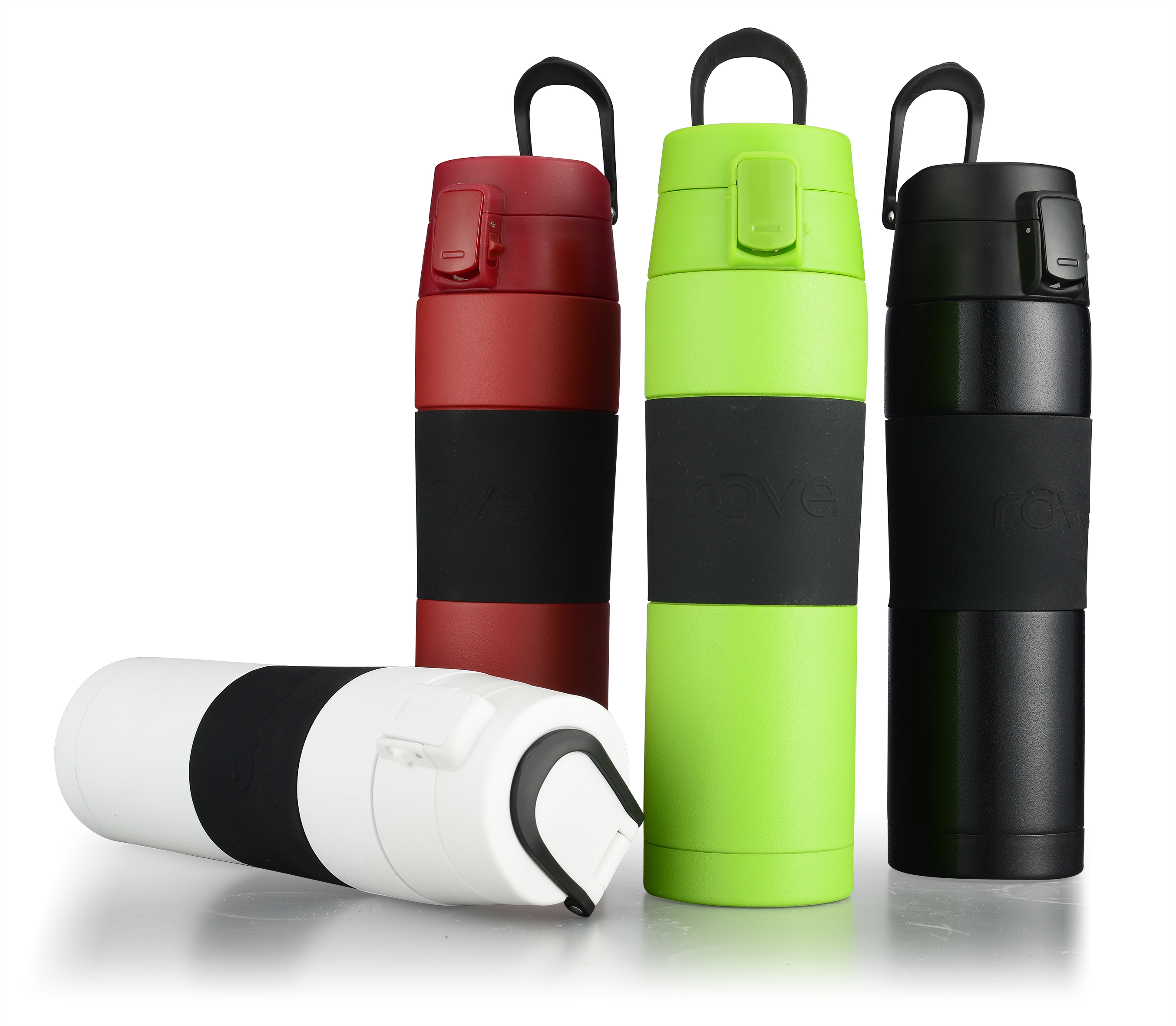The development and application of bio-based and bio-degradable materials technology has become a hot spot in the industry. Since June 1, this year, China has stipulated that the thickness of plastic shopping bags should not be less than 0.025mm. Various policies have been introduced to promote the application of biodegradable plastics. Under the pressure of global energy shortage and environmental degradation, the development and application of bio-based and biodegradable materials are particularly expected. From October 13 to 15, the third International Symposium on Bio-based and Biodegradable Materials Technology and Application was held in Beijing. Experts from more than 10 countries such as the United States, Japan, South Korea, and the European Union, together with representatives of Chinese manufacturing enterprises, research institutes, and colleges and universities, on how to promote research and development, production, and application in this field, improve the inspection and standard system For an in-depth discussion. The so-called biodegradable material refers to a high-tech material that is converted into a polymer by biotechnology. After the product is discarded, it will be completely decomposed into water and CO2. The main raw material source is starch and sunlight and CO2 as energy and carbon source. Renewable resources such as cellulose. According to the European Bioplastics Association, as of August 2007, the global annual production capacity of biodegradable plastics has reached 315,000 tons; it is expected that the amount of biodegradable plastics in 2010 will reach 1.4 million tons. Among biodegradable materials, the proportion of biodegradable plastics based on renewable resource materials is expected to account for more than 90%. The development of biodegradable materials in China has also experienced a very tortuous process. Taking biodegradable plastics as an example, it was originally called degradable plastics. Its products refer to blends of starch and polypropylene, polyethylene and polystyrene synthetic plastics. They can only partially degrade and cannot solve the white pollution problem well, and the cost is much higher than ordinary plastics, so they are not widely used. application. With the advancement of technology, people have more understanding of biodegradable plastics. In recent years, biodegradable plastics have had a clear definition and corresponding standards and test methods that are in line with international standards, and the development of the biodegradable plastics industry as the outline of the national mid- and long-term development plan and the "Eleventh Five-Year" scientific and technological development plan One of the important content. At the same time, the research and development and production of biodegradable plastics in China have been developed, and the output has increased rapidly, especially the development of biodegradable plastics based on renewable materials is in full swing. "In 2003, the amount of biodegradable materials in China was about 15,000 tons, including about 1,000 tons of biodegradable polymers without starch." Xia Qing, chairman of the China Plastics Association Degradable Plastics Professional Committee, said that in 2007, the actual production was about 30,000 tons. It is estimated that the production capacity will reach about 250,000 tons in 2010. As a new material, production costs and technological maturity are obstacles that biodegradable materials must overcome. Due to high production costs, the global biodegradable materials market has been unable to start on a large scale for the past decade or so. However, as crude oil prices have continued to rise in recent years, the prices of synthetic resins have soared, making the price bottleneck of biodegradable plastics using agricultural products as raw materials into a cost advantage. Some large international companies have begun to re-emphasize the research and development of biodegradable materials, such as DuPont, Both Bayer and BASF have launched commercial applications of biodegradable materials. On the other hand, the increasingly strict environmental protection regulations in various countries have also promoted the application of biodegradable materials. For example, Europe has developed a standard EN13432 for biodegradable compostable plastics, which has given biodegradable plastics a unified testing and evaluation method; Germany has enforced packaging regulations since June 2005. Plastic packaging must be recycled, but biological During the transition period from May 28, 2005 to December 31, 2012, packaging made of decomposed composted plastic or bioplastic can be used without recycling; France requires the use of biodegradable disposable retail handbags from 2010 The Japanese government has also determined that by 2020, 20% of all plastic bags consumed in Japan will come from renewable resources. China's biodegradable materials have always been in sync with the international research and development. Since 2001, the Biodegradable Materials Working Group of the National Center for Standardization of Plastic Products has begun to draft standards for biodegradable materials, definitions and performance requirements for degradable plastics, and degradable plastic sheet products. Standards. As of now, China and major international bioplastics organizations have established a cooperative relationship of mutual recognition of testing and labeling. In this year's Beijing Olympic Games, 5.7 million garbage bags all used biodegradable plastic bags. This plastic bag can be decomposed into carbon dioxide and water within 72 days after being discarded.
The double wall vacuumed insulated stainless steel flasks is slim and compact, as well as lightweight. The copper plated finish and vacuum insulation provides excellent heat and cold retention. The lid is easy to be on and off, just like hydro flask.
Features:
vacuum insulation technology for maximum temperature retention, hot or cold for long time
unbreakable stainless steel interior and exterior
cool to the touch with hot liquids sweat-proof with cold
insulated stainless steel serving cup
350ml,500ml,750ml, 1000ml, 1500ml, 2000ml insulated flasks available

It can be used at many occasions, like indoor, outdoor, camping, working, etc, and designed for those people who are asking for extreme temperature-keeping performance.
As an over 10 years experienced factory of stainless steel vacuum flasks, we are honored to be a supplier of many famous brands in this field. Welcome you to talk to us for details by email or on line message.
Vacuum Flask
Vacuum Flask,Double Wall Thermos Flask,Double Wall Insulated Flask,Double Wall Beverage Vacuum Flask
Zhejiang Haoqi Industry And Trade Co.,Ltd. , https://www.anaturekitchen.com
